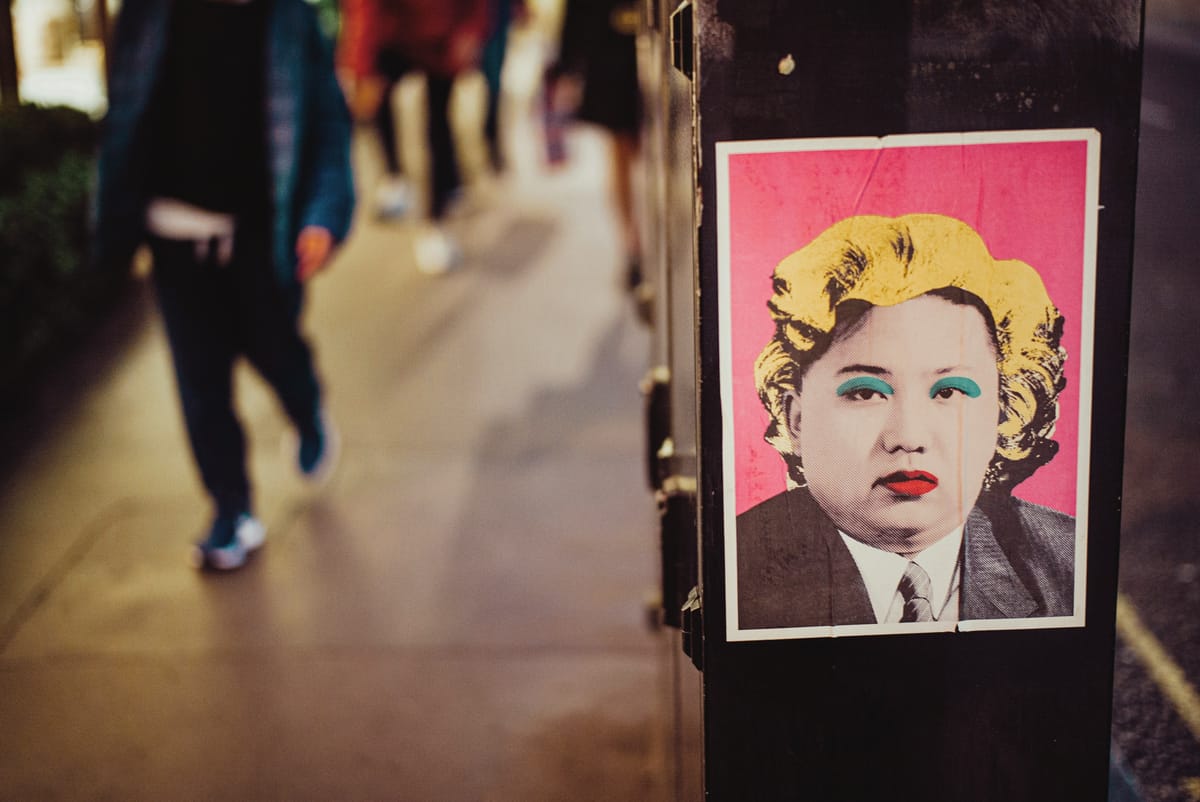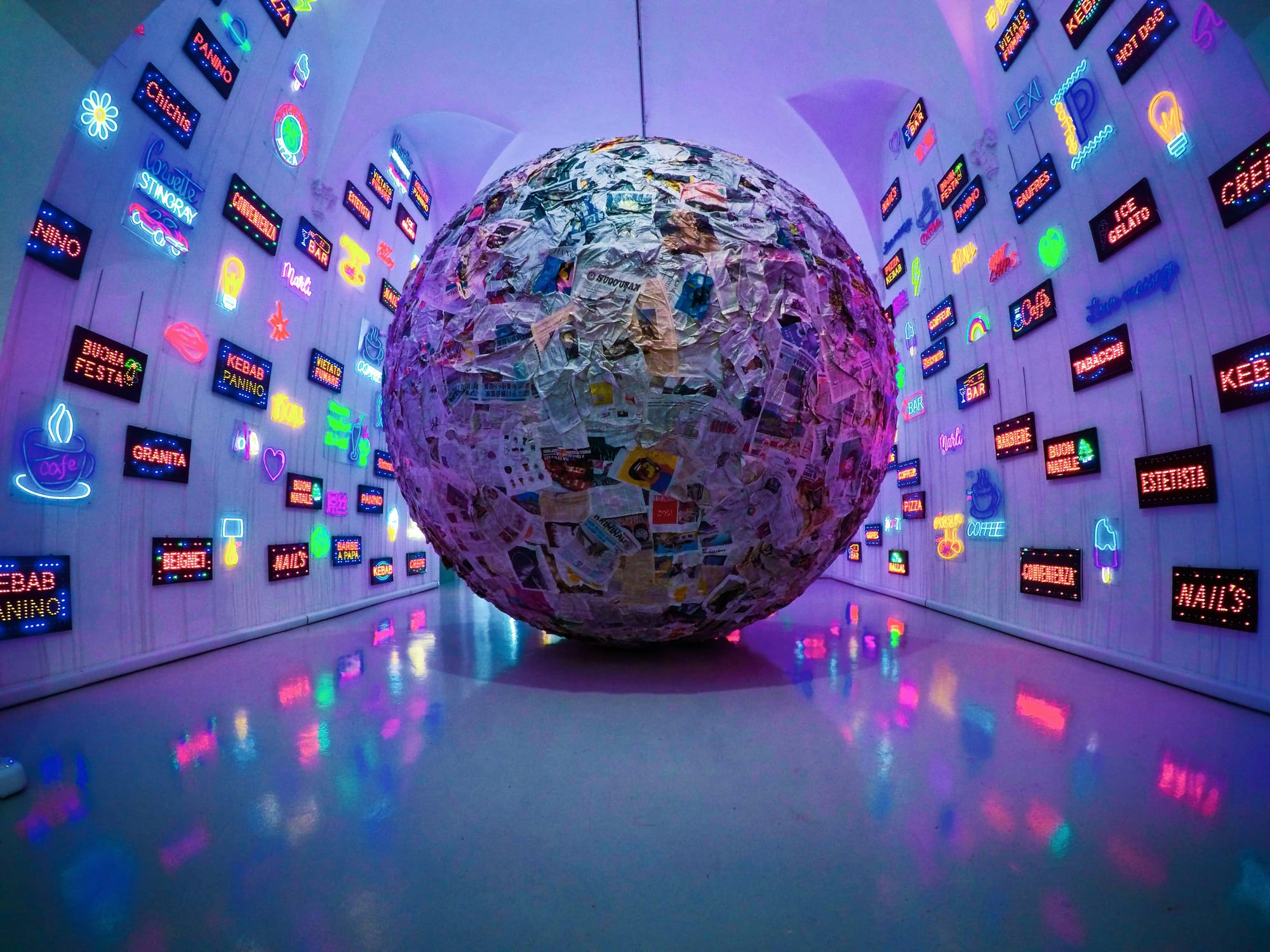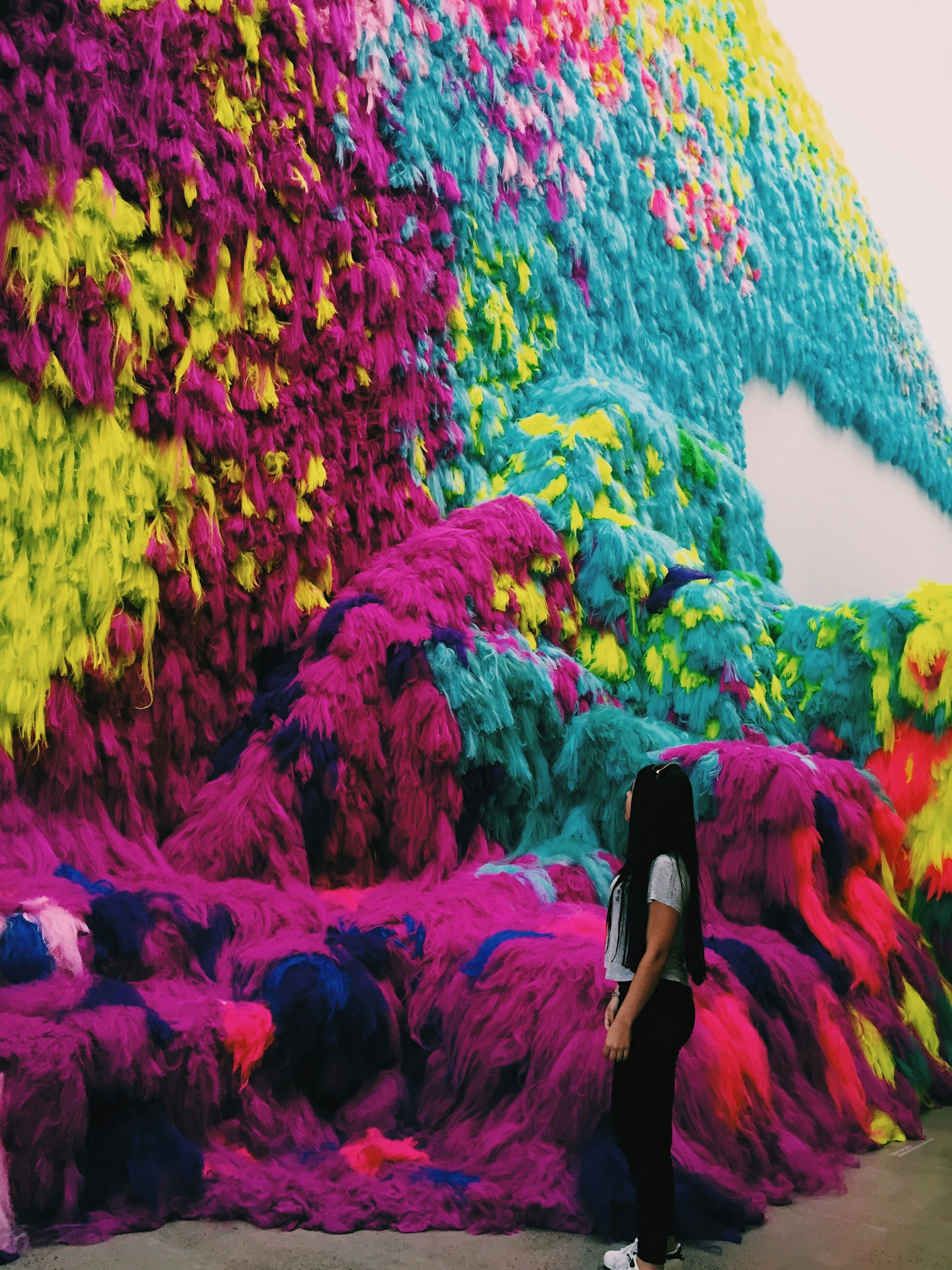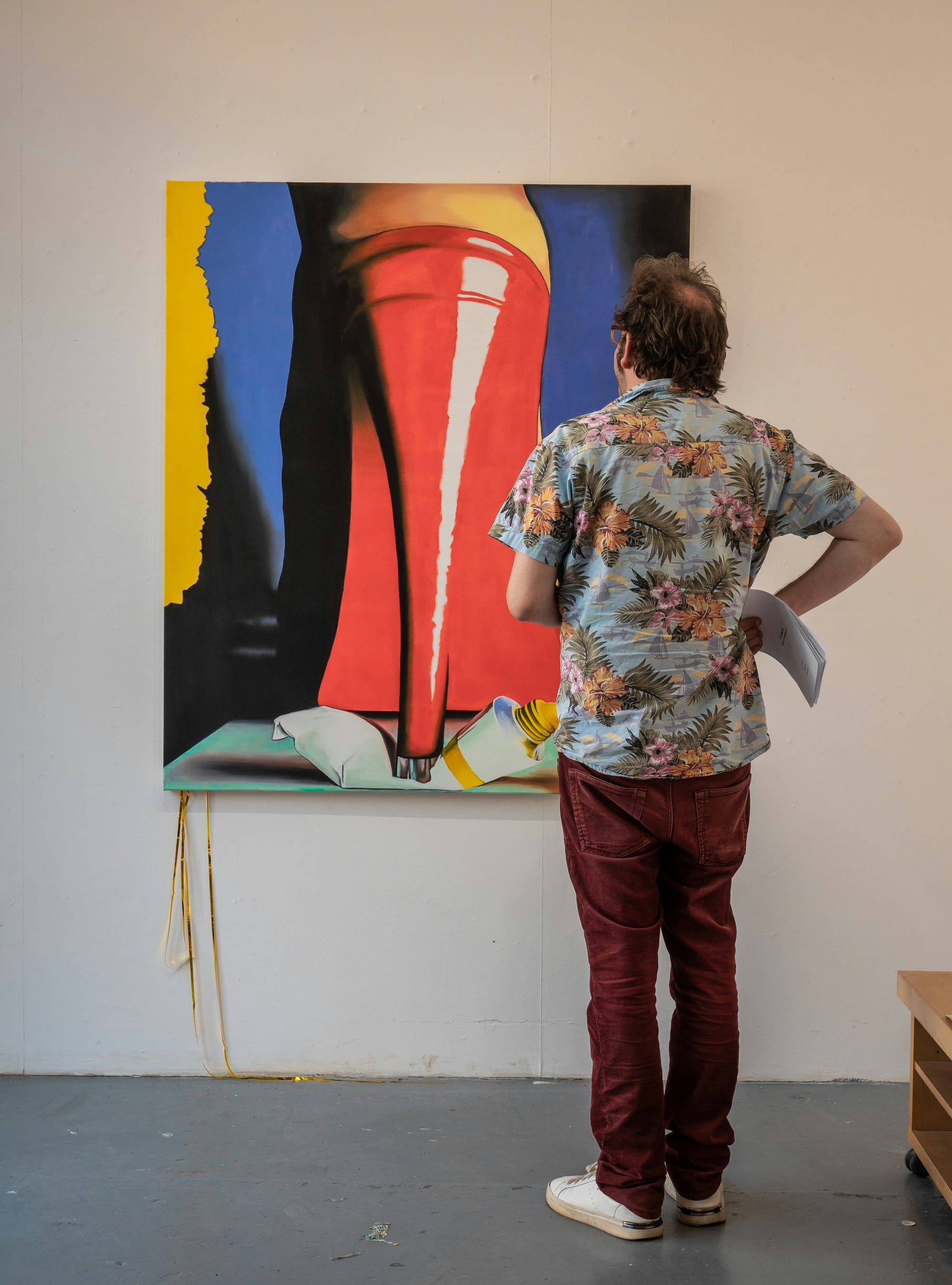Pop Art Now: The Colors that Never Faded
Read this if you’ve ever felt Pop Art’s bold energy stir something inside you.

There’s something about Pop Art that makes it impossible to ignore—the bold colors, sharp contrasts, and unapologetic celebration of the everyday. Decades after it first exploded onto the scene, Pop Art is still as electric as ever. But what’s most striking is not that it survived—it’s how it continues to evolve, turning the ordinary into extraordinary, and making the familiar feel fresh again.
When we think of Pop Art today, it’s no longer just Andy Warhol’s Campbell’s Soup cans or Roy Lichtenstein’s comic book panels. Pop Art has moved beyond its origins and stepped into a realm where boundaries blur between high and low art. We see its influence in contemporary paintings, fashion, sculpture, and design. Today’s Pop Art still embodies that energy, still celebrates the everyday—only now it’s even more personal, more bold, and perhaps more daring.

The Boldness of Color: A Love Affair with Contrast
It’s not just about nostalgia—it’s about color as an emotion. In a world that often feels over-saturated with information, today’s Pop Art cuts through the noise with bold, unapologetic hues. Contemporary Pop artists are using colors as a form of rebellion and celebration at once. Vibrant shades of neon pinks and deep oranges clash beautifully against muted tones, creating a jolt to the senses. These artists are harnessing the sheer power of contrast in a way that speaks to the modern viewer’s desire for both simplicity and intensity.
I remember seeing my first piece of Pop Art at Sara Hildén Art Museum decades ago. My wife had taken me there, and it was like someone had captured the energy of the world around me and distilled it into a single, vivid frame. It wasn’t distant or untouchable; it felt like it was speaking directly to me. That was one of those little sparks that began my journey through the world of art." — Panu Syrjämäki, Editor of ART Walkway
Look at today’s canvases: big, bold shapes, punchy palettes. The brushstrokes are loud, but the ideas behind them—oh, they’re even louder. The art speaks of consumer culture still, but also of personal identity, of gender and race, of everything that is immediate, urgent, and bold.

Contradiction and Contrast: Where Pop Art Thrives
One of the greatest strengths of Pop Art has always been its ability to straddle the line between high and low culture. It celebrates the everyday, even the disposable, and elevates it to something worth examining. Today’s Pop Art holds that same rebellious spirit. Think about what’s hanging on gallery walls—what once might have been dismissed as trivial is now celebrated as profound.
Pop Art’s evolution is marked by its ability to capture contradiction, to place the seemingly shallow in a context that demands deeper thought. The contrast between high and low, bright and muted, immediate and contemplative—this is where today’s Pop Art thrives.
Artists today are embracing this tension more than ever, playing with it, twisting it, and ultimately using it to question our relationships with the images and objects that fill our world. It’s not just about icons from Hollywood or advertisements anymore—it’s about the everyday realities that make up the fabric of modern life.

Pop Art’s Raw Emotional Power
But where today’s Pop Art differs most from its predecessors is in its emotional immediacy. Modern artists are harnessing the genre’s accessible, democratic roots while injecting it with raw, unfiltered emotion. The vibrant palettes are now loaded with the weight of personal history, struggle, and joy.
We’re seeing contemporary artists take Pop Art beyond its commercial associations and dive into personal expression. The colors? They’re still bright. The images? Still clear, bold, and instantly recognizable. But today, there’s a sense of vulnerability beneath the surface that pulls you in. It’s no longer just about the “icon” or the “familiar” but about what that icon represents to you.
Pop Art reminds me that art doesn’t have to whisper—it can shout, it can laugh, and it can make you feel something right down to your core. That’s why I’ve always felt drawn to it, and why I think it resonates so strongly with today’s artists. It’s bold, unapologetic, and dares you to feel." — Panu Syrjämäki, Editor of ART Walkway
Where Pop Art Stands Now
So, what does Pop Art mean now? Today, it feels even more accessible, more human, because it doesn’t just belong to the past or the gallery—it belongs to you. It lives in your clothes, in your city, in the flashes of color you see as you move through the world. The neon colors, the bold outlines, the flattened space—all of it continues to be a visual reminder that life is colorful, chaotic, and full of contradictions.
Pop Art now is not about reproducing Marilyn Monroe’s face, but it’s about the people who might feel like the Marilyns of today—caught in the spotlight, defined by the world’s gaze, but still claiming their own identity.
Pop Art asks us to look at the world differently, to find beauty and meaning in the everyday, in the vibrant clash of colors that reflect the contrast of modern life. It’s bold. It’s loud. And it’s more personal than ever.
ART Walkway News





